The fashion world has long been inspired by the clean lines and understated elegance of Scandinavian design. Among its many influences, Copenhagen has emerged as a hub for minimalist aesthetics, particularly in the realm of tailoring. The city’s designers have mastered the art of balancing proportion and simplicity, creating garments that feel both timeless and contemporary. This approach, often referred to as "Copenhagen minimalism," is defined by its meticulous attention to cut, fabric, and silhouette—where every stitch serves a purpose.
At the heart of Copenhagen minimalism lies a philosophy of restraint. Unlike maximalist trends that rely on bold prints or exaggerated shapes, Danish designers focus on refining the essentials. The result is clothing that appears effortless yet demands precision in execution. A well-tailored coat, for instance, might feature a slightly oversized collar or an elongated hemline—subtle details that elevate the piece without overwhelming it. The magic is in the balance: nothing is superfluous, yet everything feels intentional.
The Role of Proportion in Danish Design
Proportion is the unsung hero of Copenhagen’s minimalist movement. Designers like Cecilie Bahnsen and Ganni have built their reputations on understanding how slight adjustments in length, volume, or seam placement can transform a garment. A Bahnsen dress, for example, might play with exaggerated puff sleeves while maintaining a streamlined bodice, creating a harmonious contrast. Similarly, Ganni’s tailored blazers often feature a boxy cut that skims the body just so—neither too tight nor too loose.
This obsession with proportion extends beyond individual pieces to entire collections. Outfits are frequently styled with a mix of fitted and oversized elements, ensuring visual interest without clutter. A cropped sweater paired with high-waisted, wide-leg trousers exemplifies this duality. The interplay between the two creates a rhythm that feels modern yet wearable, a hallmark of Copenhagen’s design ethos.
Fabric as a Foundation
Minimalism in Copenhagen isn’t just about shape—it’s also deeply rooted in materiality. Designers prioritize high-quality, natural fabrics like organic cotton, wool, and linen, which drape beautifully and age gracefully. The choice of fabric often dictates the cut; a stiff wool might be tailored into sharp, architectural lines, while a fluid silk could be left to cascade softly. This marriage of material and form ensures that each piece feels cohesive from every angle.
Sustainability plays a key role here, too. Many brands emphasize durability, crafting garments meant to last beyond a single season. By investing in timeless designs and eco-friendly materials, Copenhagen’s fashion scene challenges the throwaway culture of fast fashion. It’s minimalism with a conscience, where less truly becomes more.
The Global Appeal of Scandinavian Simplicity
Copenhagen’s minimalist approach has resonated far beyond Denmark’s borders. In an era of sensory overload, consumers are increasingly drawn to clothing that offers clarity and versatility. A well-cut blazer or a perfectly proportioned dress can transition seamlessly from day to night, work to weekend. This universality is a testament to the thoughtfulness behind each design.
International runways have taken note, with brands like The Row and Jil Sander echoing similar principles. Yet, there’s something distinctly Copenhagen about the way Danish designers infuse warmth into their minimalism. Perhaps it’s the use of earthy tones or the occasional playful detail—a unexpected slit or a asymmetrical button—that keeps the aesthetic from feeling sterile.
Looking Ahead: The Future of Minimalist Tailoring
As fashion continues to evolve, Copenhagen’s commitment to minimalist proportions remains unwavering. Emerging designers are pushing boundaries by experimenting with hybrid styles—mixing tailored elements with sportswear, for instance—while staying true to the core tenets of balance and precision. The city’s Fashion Week has become a showcase for these innovations, proving that minimalism is anything but static.
Ultimately, the enduring appeal of Copenhagen minimalism lies in its ability to make the ordinary extraordinary. By stripping away the unnecessary, designers reveal the beauty of thoughtful construction. In a world saturated with trends, this approach feels refreshingly authentic—a reminder that sometimes, the quietest statements are the most powerful.
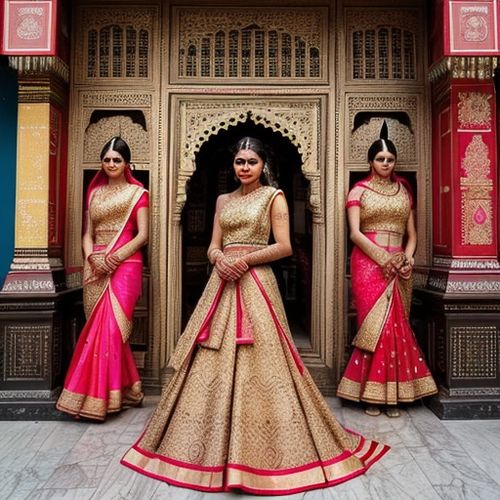
By Michael Brown/Apr 27, 2025

By Sophia Lewis/Apr 27, 2025

By Noah Bell/Apr 27, 2025
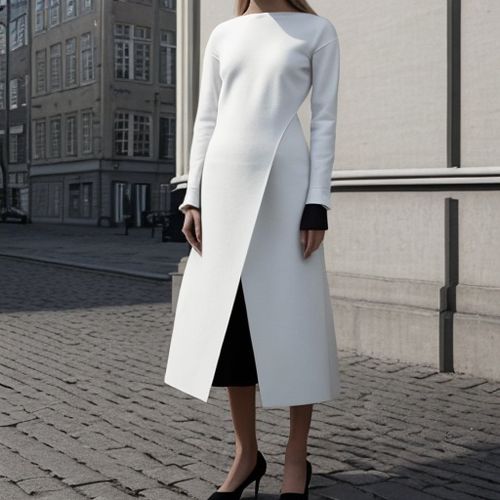
By Daniel Scott/Apr 27, 2025
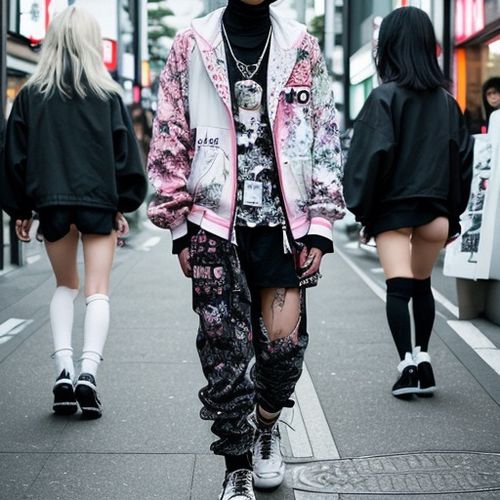
By James Moore/Apr 27, 2025
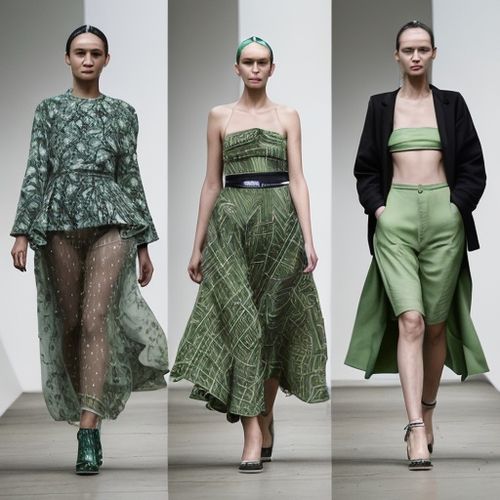
By Megan Clark/Apr 27, 2025

By Samuel Cooper/Apr 27, 2025
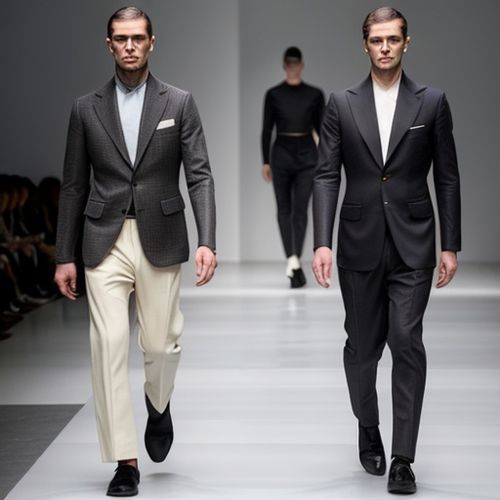
By Emily Johnson/Apr 27, 2025

By Lily Simpson/Apr 27, 2025

By Emily Johnson/Dec 22, 2024

By Christopher Harris/Dec 22, 2024

By Joshua Howard/Dec 22, 2024

By Victoria Gonzalez/Dec 22, 2024

By Thomas Roberts/Dec 22, 2024

By Benjamin Evans/Dec 22, 2024